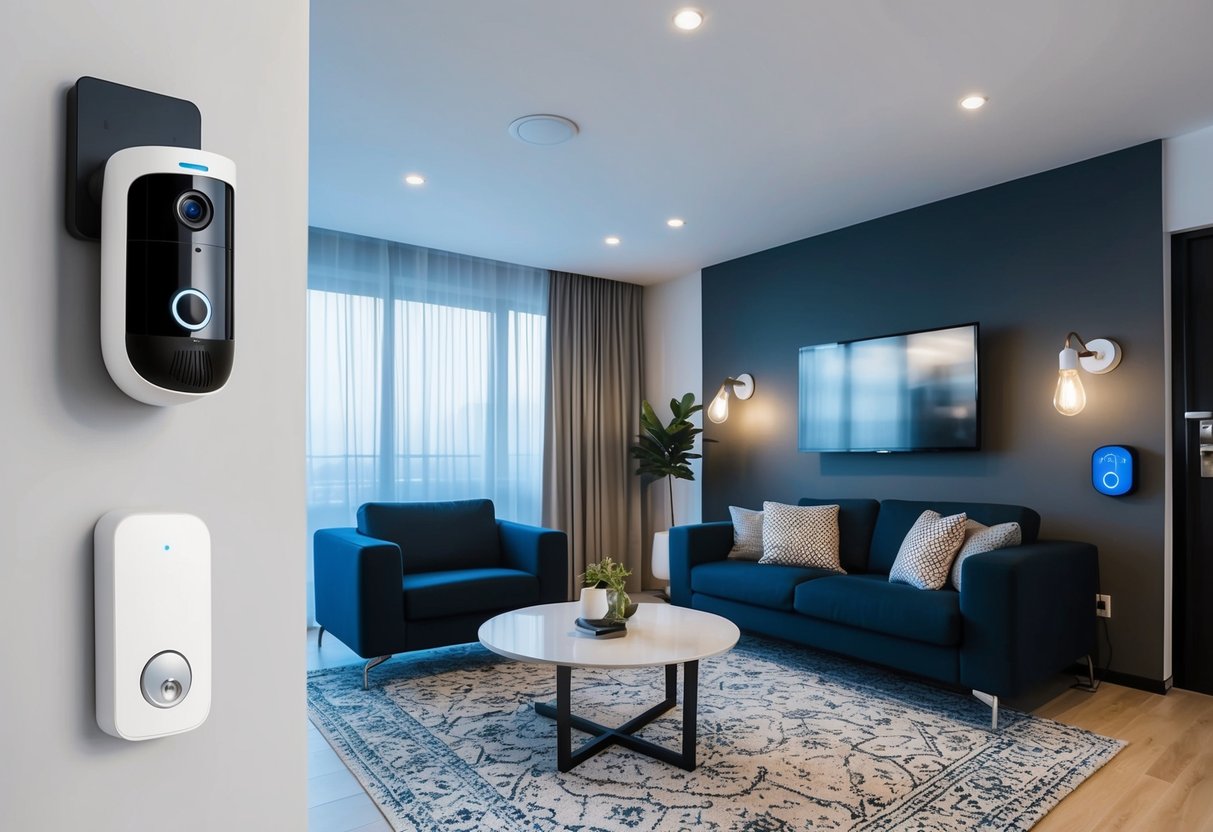DIY Smart Home Upgrades: Affordable Tech Solutions to Enhance Your Living Space
Smart home technology has become more accessible and affordable, allowing homeowners to enhance their living spaces without breaking the bank. DIY smart home upgrades provide practical solutions that can improve convenience, security, and energy efficiency. Whether it’s installing smart lights, upgrading to a smart thermostat, or setting up a home security system, these technologies offer a range of benefits.
One of the critical advantages of DIY smart home upgrades is their ease of installation. Many products are designed for straightforward setup, meaning anyone with basic DIY skills can implement them. From voice-controlled assistants to automated lighting systems, the impact on daily life can be profound.
By integrating affordable smart devices, individuals can tailor their environments to better suit their needs. These enhancements make homes more adaptable and responsive, contributing to a more modern and efficient lifestyle. With the variety of options available, there is something to fit every budget and preference.
Evaluating Your Home for Smart Upgrade Potential
Begin by assessing the existing infrastructure. Check if your home network supports multiple devices, as smart home technology often relies on a robust Wi-Fi connection. Identify areas with weak signals that might need Wi-Fi extenders or mesh networks.
Examine the electrical system to ensure it can handle the additional load from smart devices.
Look at the layout of your home. Identify high-traffic areas and frequently used rooms where innovative solutions can enhance productivity and comfort. Consider smart lighting in living rooms, kitchens, and bedrooms that can be controlled via apps or voice commands.
Evaluate current energy consumption to identify opportunities for improvement. Smart thermostats, for instance, offer energy efficiency by adjusting heating and cooling based on occupancy and preferences. Review your current appliances and systems to see which ones could be upgraded to smarter versions.
Take into account the age and condition of your home’s fixtures and fittings. Older homes may require additional modifications such as new wiring or updated outlets to accommodate smart devices.
Security should also be considered. Are there areas that would benefit from smart cameras or doorbells? These devices not only provide peace of mind but also raise the security level of your home.
Review the compatibility of existing devices with potential smart upgrades. Some smart systems work better together, offering a more seamless integration. Check for compatibility with platforms like Amazon Alexa, Google Assistant, or Apple HomeKit.
Finally, think about future-proofing your home. Choose flexible systems that can adapt to new technologies, ensuring your smart home remains current as innovations emerge.
Choosing the Right Smart Devices for Security

When selecting smart security devices, it’s important to focus on their reliability, ease of use, and integration with other smart home technology. Key categories include smart locks, doorbells, and security cameras.
Smart Locks and Doorbells
Smart locks provide enhanced security by allowing homeowners to control access via smartphone apps. Brands like Schlage and August offer locks that can be programmed to accept multiple entry codes and can notify the user when someone enters or exits the home.
Smart doorbells, such as those from Ring or Nest, offer video monitoring and two-way communication. They notify homeowners of visitors through their smartphones, providing both security and convenience. These devices often integrate with other smart home systems, adding an extra layer of protection.



